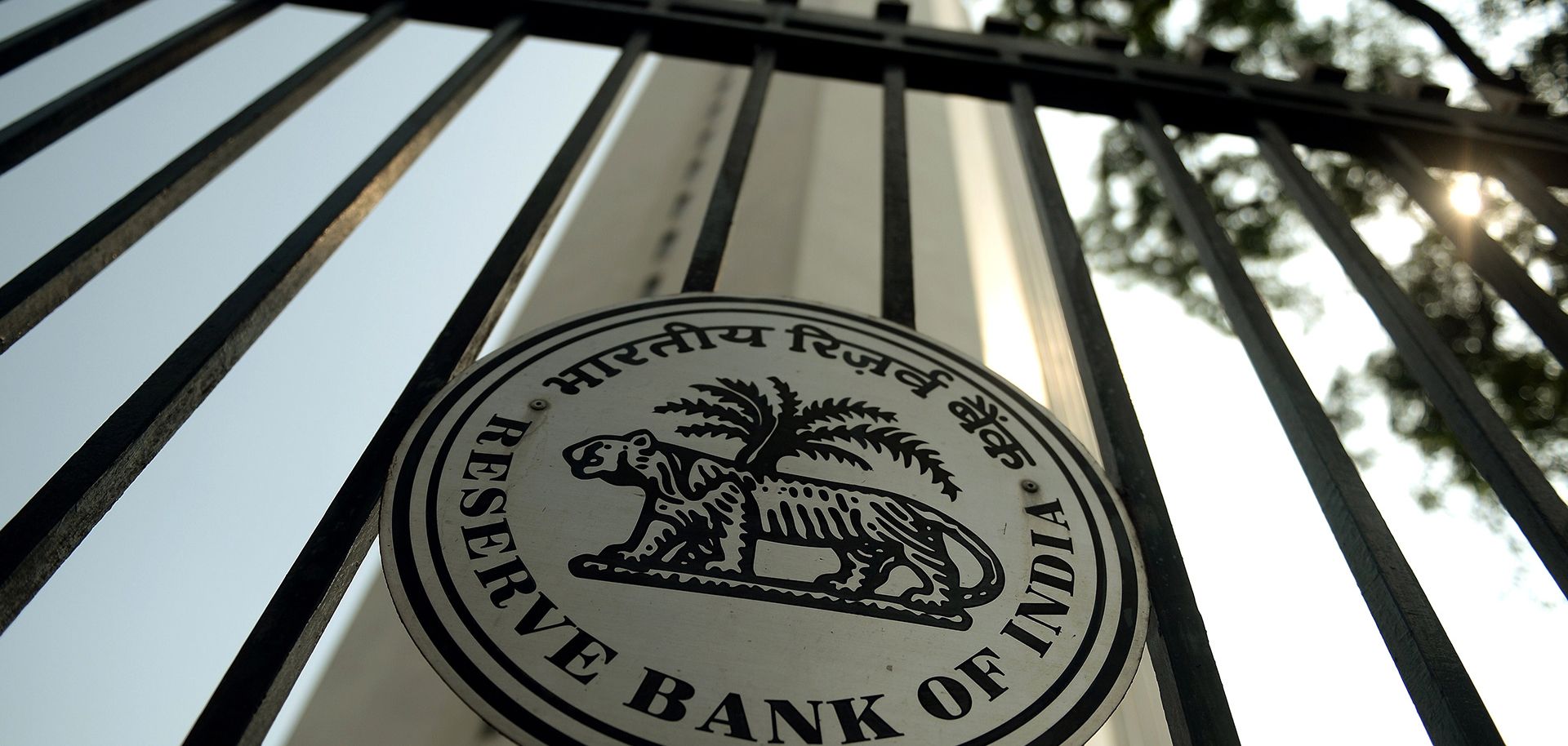The latest change in India's central bank promises more of the same. On Sept. 4, outgoing Reserve Bank of India (RBI) governor Raghuram Rajan ceded his position to Urjit Patel, the institution's current deputy governor. Patel's appointment capped months of speculation over who would replace Rajan, an internationally respected academic who jolted the foreign investment community when he announced his intention to step down at the end of his 3-year term. Rajan was seen as a stabilizing force in Indian monetary policy [link: Modi tackles the economy alone]. Foreign investors also found his steady hand and sterling credentials -- a PhD from the Massachussetts Institute of Technology and a stint as the International Monetary Fund's chief economist -- reassuring. News of Rajan's departure fueled concerns over the future policy course of one of the world's largest emerging market economies, and Patel's appointment is meant to assuage those anxieties. Much as...

